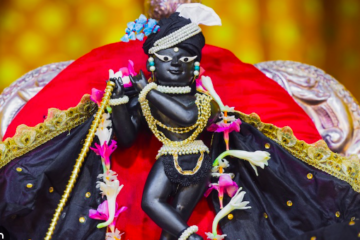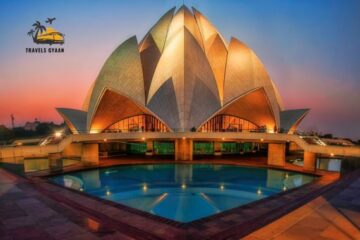One of the best ways to remember your travels is to capture them on film. With the right approach and a discerning eye, your holiday snaps and reels could end up not only being lovely keepsakes that keep your memories alive, but they may also double as stunning works of art in their own right.
Just as some people opt to frame some of their travel photos to add some worldliness to their home spaces, travel videography can also provide great opportunities to expand on your creative skill sets and perhaps even transform your social media profiles.
However, experimenting with travel videography can also be difficult from a logistical standpoint, as traveling naturally limits the amount of equipment you can bring. That and the constant changing of locations means that you’ll always find yourself fiddling with tripods, mounts, lenses, and camera settings.
Thankfully, with a few packing hacks and strategic camera tips, you can master the art (and logistics) of travel videography. This guide offers essential tips to help you make the most of your next travel videography experience.
Familiarise yourself with your Camera Settings
Engaging with and learning how to use all the many components of your camera, lenses, and other equipment will give you the freedom to film a wide range of shots. Below we’ve outlined some of the key camera settings you’ll need to familiarise yourself with when honing your travel videography skills.
On top of gaining proficiency with using and adjusting these settings, it’s also essential you experiment with video editing software that you’re likely to use while on the go. This is because alongside adjusting your camera settings to better accommodate lower light conditions or fast-moving objects and other tricky shots, you can also correct lighting and color with a video editor. So while you’re still getting to grips with your camera, building proficiency with your editing software can help transform raw shots to where you’d like them to be.
Here are the top camera settings you should be familiarising yourself with both prior to and during your travels:
Resolution
Your picture resolution refers to the dimensions of the pixels in each frame. The higher the resolution, the more detailed an image will look. However, it also takes more space and processing power. Higher resolutions will limit the frame rate and recording length. For most purposes, high definition (1080p) offers a practical balance of quality and performance.
Frame Rate
Your frame rate controls the number of frames captured per second and is represented as frames per second or FPS. The higher the frame rate, the smoother the film will be.
It’s wise to use a higher frame when shooting moving subjects or if you want to slow the footage down later. Like resolution, higher frame rates require more storage and processing power, as video files will need to hold more frames per second – and those frames can eat up gigabytes fast. For most applications, an FPS of 24-60 is a good place to start, as it will minimize motion blur without taking too much storage.
ISO and White Balance
Your ISO and white balance are your two main settings for controlling the light levels of your films. The ISO controls your camera’s sensitivity to light, and the white balance adjusts the temperature of the light.
ISO
Your ISO controls should be adjusted according to the volume of light in your scene. Lower ISO is great for reducing noise in bright light, while higher ISO is good for bringing out the detail in darker images.
White Balance
White balance is adjusted based on the kind of light that fills your scene. Each white balance setting is usually named after the type of light it is for, for example, daylight, tungsten, cloudy, sunset, and night. You can then make further adjustments based on the kind of temperature you are looking for, making the scene appear warmer or cooler.
Plan Your Adventure
The key to really compelling travel videography is to create a story and a plan to capture it. Before you leave, create a storyboard of some of the shots you want to get. You can use this storyboard to plan your travels.
Next, create an itinerary of locations, what shots you want, and any travel gear that you might need (and where you can find it!). Setting yourself up like this will also make the editing process simpler and will create a clear storyline for your audience.
Another good rule of thumb for all videographers is to check weather and lighting conditions for your destination ahead of time. That way, you can make sure you’re packing the right lenses depending on whether you can expect brilliant full sun conditions or darker overcast lighting. You don’t want to lug around more lenses than you need as this is a surefire way to end up with too much weight in your rucksack and may even result in damage to your lenses in the event of a misstep.
Pack light
And that note on the lenses leads us to one of our most important points when it comes to shooting sustainably as a travel videographer: packing light. Packing light is essential for both travel and filming. While filmmakers often rely on a variety of gear to enhance their work, carrying too much equipment can quickly become a burden on the road. Streamlining your gear ensures a smoother, more enjoyable travel experience without compromising your creative vision.
Once you have a clear plan, try to figure out how you can get those shots with as little gear as possible. This will mean you can focus on your travels and less on your gear.
Document your Next Adventure with these Travel Videography Tips
Travel videography is a fun way to share your holiday experiences with everyone. It gives an authentic feel of what it was like to be there for your audience. Getting the most out of your videography takes a little time and practice but is well worth it.
Learning your camera is one of the most effective ways to improve your films. Going into it with a plan will make the process simple and stress-free. Armed with these tips, your next travel film will captivate and leave a lasting impression.



0 Comments